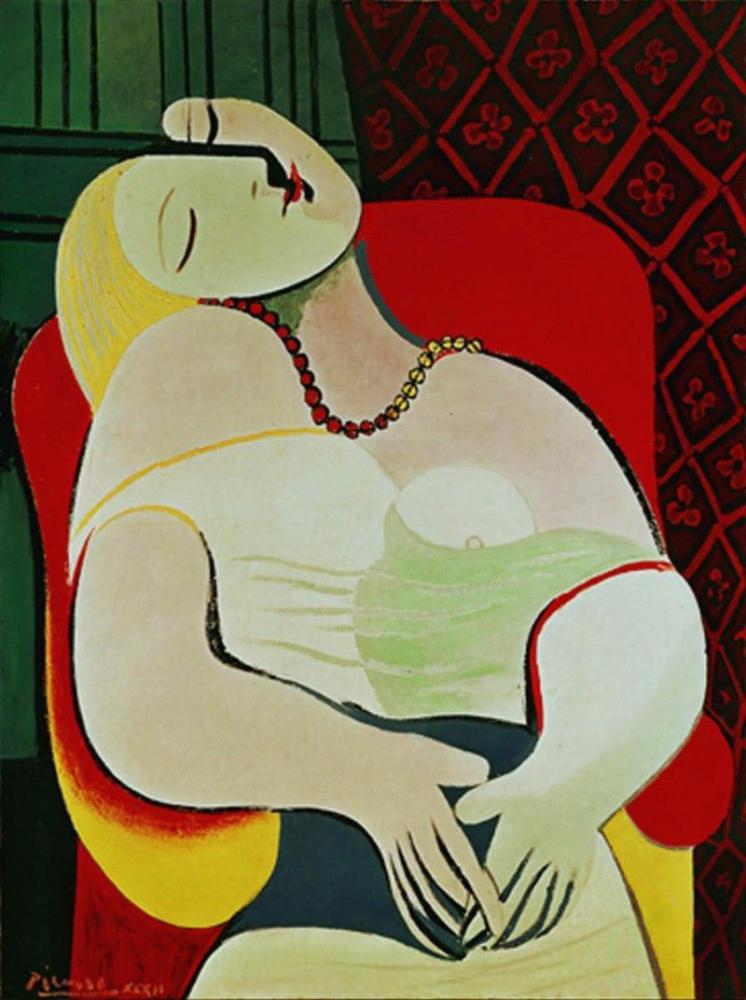
The Evolution of Painting Aesthetics Throughout Art History
When we think of the history of art, one of the first things that comes to mind is the evolution of painting aesthetics. From the use of natural pigments in ancient cave paintings to the intricate oil and acrylic masterpieces of the Renaissance, the world of art has seen a myriad of changes and advancements that have greatly influenced the way we view and appreciate paintings.
In this article, we will explore the evolution of painting aesthetics throughout the history of art, from the early civilizations to the modern era. We will delve into the different styles, techniques, and cultural influences that have shaped the way we perceive and interpret paintings. By understanding the rich and diverse history of painting, we can gain a deeper appreciation for this timeless form of artistic expression.
I. The Ancient World: Cave Paintings and Classical Art
The earliest known form of painting dates back to prehistoric times, with cave paintings found in various parts of the world. These paintings, created with natural pigments and crude brushes, depict animals, hunting scenes, and other aspects of daily life. As civilizations began to form and develop, painting became more sophisticated, with techniques such as fresco painting and mosaics emerging in ancient Greece and Rome.
II. The Renaissance: Realism and Perspective
The Renaissance period marked a significant shift in painting aesthetics, with a renewed focus on realism, perspective, and human anatomy. Artists such as Leonardo da Vinci, Michelangelo, and Raphael revolutionized the art world with their mastery of these techniques, creating timeless masterpieces such as the Mona Lisa and the Sistine Chapel ceiling. The use of oil paint and the development of linear perspective greatly contributed to the lifelike quality of Renaissance paintings, setting a new standard for artistic expression.
III. The Baroque and Rococo Eras: Dramatic Lighting and Ornate Detail
The Baroque and Rococo periods saw a departure from the naturalism of the Renaissance, with a greater emphasis on dramatic lighting, intense emotion, and ornate decorative elements. Artists such as Caravaggio, Rembrandt, and Rubens utilized techniques such as chiaroscuro and tenebrism to create powerful and emotionally charged paintings. The Rococo style, on the other hand, was characterized by its light-hearted and playful approach, featuring pastel colors, intricate designs, and romanticized themes.
IV. The Impressionist Movement: Capturing the Moment
The 19th century saw the rise of the Impressionist movement, which sought to capture the fleeting effects of light and color in outdoor settings. Artists such as Claude Monet, Edgar Degas, and Pierre-Auguste Renoir broke away from traditional techniques, using loose brushwork and vibrant colors to convey a sense of movement and atmosphere. This radical departure from academic painting paved the way for new artistic movements and marked a turning point in the history of painting aesthetics.
V. Modern and Contemporary Art: Abstraction and Experimentation
The 20th century brought about a dramatic shift in painting aesthetics, with artists experimenting with abstract forms, non-representational imagery, and new materials. The rise of movements such as Cubism, Surrealism, and Abstract Expressionism pushed the boundaries of traditional painting, challenging viewers to interpret art in new and innovative ways. From the bold, geometric compositions of Piet Mondrian to the chaotic, gestural brushwork of Jackson Pollock, the modern and contemporary art world continues to evolve and redefine the concept of painting aesthetics.
VI. FAQs
Q: What are some of the most famous paintings in art history?
A: Some of the most famous paintings in art history include Leonardo da Vinci’s Mona Lisa, Vincent van Gogh’s Starry Night, Edvard Munch’s The Scream, and Pablo Picasso’s Guernica, among many others.
Q: How have technological advancements impacted painting aesthetics?
A: Technological advancements, such as the invention of new painting materials and techniques, have greatly impacted painting aesthetics. For example, the development of oil paint and acrylic paint allowed artists to achieve new levels of depth and texture in their work, while digital art has opened up a whole new realm of artistic possibilities.
Q: What are some of the key elements of painting aesthetics?
A: Key elements of painting aesthetics include composition, color, form, line, texture, and emotion. These elements work together to create a cohesive and impactful visual experience for the viewer.
In conclusion, the evolution of painting aesthetics throughout the history of art has been a rich and dynamic journey, filled with innovation, experimentation, and cultural influences. From the ancient cave paintings to the abstract masterpieces of the modern era, painting has continuously evolved and adapted to reflect the changing attitudes and beliefs of society. By understanding the diverse and complex history of painting aesthetics, we can gain a deeper appreciation for this timeless form of artistic expression and the myriad ways in which it continues to inspire and captivate us.

















